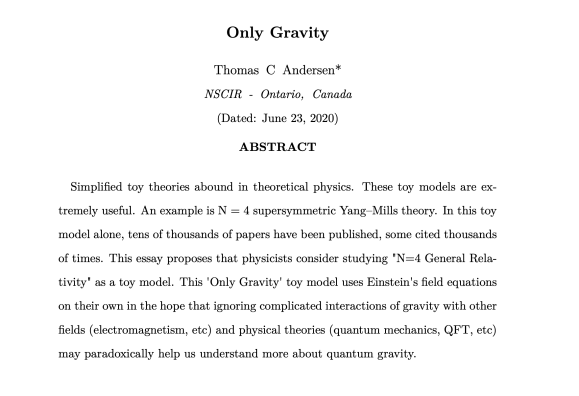An arXiv paper by M. Chiaberge, et al. The puzzling radio-loud QSO 3C 186: a gravitational wave recoiling black hole in a young radio source? concludes that a 3e9 solar mass black hole was ejected at a speed of 2000km/sec by the action of gravitational waves.
The story was recently highlighted in the press:
Astronomers using the Hubble Space Telescope have spotted a supermassive black hole that has been propelled out of the centre of the galaxy where it formed. They reckon the huge object was created when two galaxies merged and was then ejected by gravitational waves. The discovery centres on galaxy 3C186, which lies about eight billion light-years from Earth and contains an extremely bright object that astronomers believe is a black hole weighing about one billion Suns. Most large galaxies, including our own Milky Way, contain such supermassive black holes at their cores, with these huge, bright objects being powered by radiation given off by matter as it accelerates into the black hole.
See – Supermassive black hole was ejected by gravitational waves, Hubble detects supermassive black hole kicked out of galactic core etc.
A Maximal Gravitational Wave Effect
It looks like the ejected hole was quite efficiently ‘tractor beamed’ to its ejection velocity by the gravitational wave emission.
The calculations are quite simple here, at least to an first approximation. There is a black hole formed of total mass 3 billion solar masses (using the arXiv paper as a source for all calculations). Since a solar mass black hole has a Schwarzschild radius of 3 km, that makes for a object diameter of about 18 billion km, which is also of order of the wavelength of the waves involved in a gravitational merger.
The merger time when 80% of the energy is released is roughly 100 M for two holes of mass M merging, we have M = 1.5e9 solar masses, so the light travel time is about 1.5e9*3km/3e8meters/sec or 16,000 seconds is M in this case. 100 M is the time where all the energy comes out – AKA the chirp.
![]()
So about 1,600,000 seconds is the relevant time. (For GW150914 that LIGO saw the same time would be 0.03 seconds – the holes were only 30 solar masses).
A total interaction time of 20 days. So the black hole is accelerated to a speed of 2000km/sec over 1,600,000 seconds. Thats an acceleration of 1 m/sec^2, or about 1/10 of earths gravity – funny how the numbers work out to be an acceleration that is an understandable number. The force is huge: F = ma or 1 x10^40 newtons. The total kinetic energy is KE = 1/2 (3e9 solar masses)*(2000km/s)^2, 1.2×10^52 J.
From a conservation of momentum we can get the total momentum of the gw E/c = (3e9 solar masses)*(2000km/s) –> 10^54 J of gw energy, this much energy was in a region about 18 billion km wide, say 1,600,000 seconds long, so an average of 1e13 J/metre^3, with a peak likely 5x that. We have an h for that from a typical expression for energy in a gravitational wave:  so h = sqrt(32*pi*G*tGW/(w**2c**2)).
so h = sqrt(32*pi*G*tGW/(w**2c**2)).
Wolfram shows h as 0.8 for these values (h can not be bigger than 1, anything over 0.1 means you need to use full non linear to get accurate results). In other words the math points to some sort of maximal connection – the gravitational waves must have been very connected to the structure. Gravitational waves while only weakly connected to something like LIGO are very strongly connected – a high coupling constant – to areas with large curvature.
http://www.wolframalpha.com/input/?i=sqrt(32*pi*G*(1.7e13J%2F(metre%5E3))%2F((1e-6%2Fsecond)%5E2*c%5E2)
This is already known in the land of GR. My idea is that particles expose areas of very large curvature (naked singularities) and hence also couple extremely well to gravitational waves. Well enough that we can construct electromagnetism as an emergent phenomena of GR.





 Andersen, T. C. on ORCID
Andersen, T. C. on ORCID



